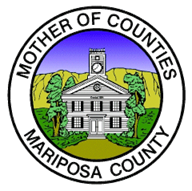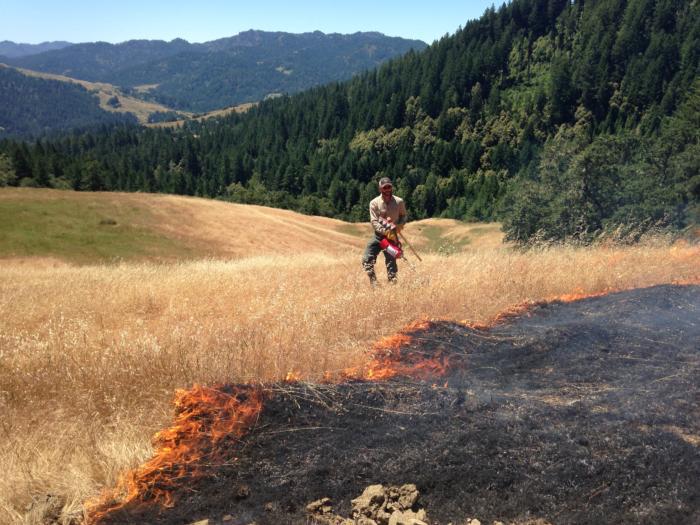Prescribed Fire
Fire is a natural part of the California landscape. However, fire suppression efforts that began nearly a century ago attempted to remove fire from those natural ecosystems. The result: ever more catastrophic wildfire. Prescribed fire is a method used to return fire to California's ecosystems to restore the natural landscape.
Prescribed Fire: The Legacy of Harold Biswell
Prescribed fire is the use of fire under predetermined conditions to achieve specific objectives. Prescribed fire is incredibly versatile, and can be used under different weather conditions and during different times of year to accomplish a wide range of land management objectives. Below are some examples of the ways that prescribed fire can be used in different contexts in California:
Range Benefits of Prescribed Fire
Prescribed fire has many important range management applications, including forage improvements, invasive species management, and control of woody encroachment by trees and shrubs.
Forage quality: Research has shown that the nutritional content of forage can be two to three times higher in recently burned areas, and crude protein levels are also consistently higher (see Allred et al. 2011). This explains the disproportionate use of burned areas by wildlife and domestic livestock, which has been documented by researchers in different parts of the U.S. (e.g., Allred et al. 2011, Augustine and Derner 2014). In some parts of the country, ranchers are experimenting with fire as a tool for targeted grazing management that promotes biodiversity and resilience of range systems.
Invasive species management: Prescribed fire can be used to control noxious weeds in rangelands. In California, prescribed fire has been shown to be effective for control of late-season invasives like medusahead, yellow starthistle, and barbed goatgrass. These three plants go to seed later than most desirable species, making them vulnerable to fire in the late spring/early summer. Fire is only effective for controlling these plants when it is used at the appropriate time of year, and in some cases, fire may be paired with herbicide or used in subsequent years to be most effective.
Woody encroachment: In many parts of California, woody encroachment by shrubs and trees is a critical threat to the viability of rangelands. Fire was historically used to maintain open grasslands and woodlands, and in the absence of fire, shrubs and trees are taking over. Prescribed fire is an effective tool for killing shrubs and small trees, and for maintaining areas that have not yet been encroached.
Forests and fuels
Fuels reduction: Prescribed fire is an important tool for reducing fuels. Unlike many mechanical methods of fuels reduction, prescribed fire actually consumes fuels and removes them from the forest floor. The nationwide Fire and Fire Surrogates study showed that prescribed fire has unique effects on ecosystems, and most of those effects can't be achieved without fire. From a fuels perspective, the most effective treatments are often those that involve mechanical thinning followed by prescribed fire.
Barriers to the Increased Use of Prescribed Fire
Since late 2020, the Karuk Tribe has been working with a small group of advisors, and with the legal support from the law firm of Shute, Mihaly and Wienberger, to develop an analysis of barriers to the expanded use of prescribed and cultural fire. That project is complete and has been formatted and posted as a PDF and on the Karuk website. This is the most substantive assessment we are aware of regarding the barriers to achieving scale for good fire on the landscape.




